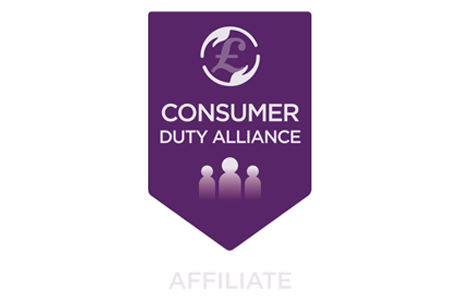The blasé attitude towards sudden mortgage withdrawals is not good enough

Bob Hunt
4 August 2023The positive here is that consumers have increasingly recognised that need and have done just that. Intermediaries now account for – depending on whose estimates you use – 80 to 90 per cent of all mortgage business.
We are fortunate in the UK to have a significant array of lenders active in the mortgage space operating to support all borrower types with different risk and affordability profiles.
However, and this is particularly relevant for those borrowers who can’t draw upon family support, the product solutions most advised and recommended come from the larger, mainstream operators.
Now this is nothing like an existential threat to advisers or their clients, but it is incredibly relevant for the advisory profession, particularly when they are choosing from a relatively narrow group of mainstream lenders’ product solutions.
Undue impact on advisers and clients
And, when you look at the current environment and what it might be for months, perhaps even years ahead, if interest rates do stay relatively high, it will be this group of lenders who continue to be the ‘go to’ ones for the bulk of advisers’ clients.
So, advisers move through the factfind, the advice process, the recommendation as suitable for that client. After that, it’s up to those lenders to underwrite, assess affordability, survey the property, offer and complete on that recommendation.
But this all falls down if the lender ‘unreasonably’ withdraws the product, after the adviser has in good faith recommended it to their client.
Now, the big question here is what is deemed ‘reasonable’ in this situation? We’ve seen that debate grow in recent months with lenders’ shortening product withdrawal timescales, many to just hours’ or even no notice. However, this has been an issue of concern for many years.
Of course, I think we all understand that when we are talking about a standard product withdrawal notice period – perhaps 24/48 hours – there are certain lenders whose funding or operational models make it difficult to provide that level of choice.
Yet, the argument across the board that ‘it is what it is’ shouldn’t really cut the mustard. For example, if Coventry Building Society – who use wholesale funding to diversify their sources of funding – can honour a 24/48-hour minimum withdrawal pledge every single time, surely others can too?
And, as mentioned above and with respect to all other lenders, this is most important and relevant to the relatively small number of lenders that make up the vast majority of lending activity.
Support from the big players
We might still call them ‘the big six’, and the reason it is so important they provide greater support in this area, is that according to the latest UK Finance lending figures for 2022, those six lenders account for over 71 per cent of the total UK mortgage market share.
Is it really acceptable for them to say they will ‘endeavour’ to deliver on what they say is their minimum product withdrawal period? To say they aim for 48 hours when the recent evidence is a notice period demonstrably far less than this.
In addition, at no point in the recent debates on this subject has there been an acknowledgement that lenders are there to make commercial capital where they can. Sometimes that involves staying in the market to secure volume and value when their peers and competitors are withdrawing, which puts an obvious strain on operational levels.
While there is nothing wrong with this, in my opinion, it can and does mean pressure to ‘pull’ rates quickly when the operational strain has been exceeded or when the commercials have been satisfied. While this is not referenced or acknowledged, we know it happens.
Plus, we might ask, what level of notice do lenders provide to the sourcing systems – is it likely they are provided with the same timescale as advisers? That doesn’t seem to be the case given the changes required at that level. If it’s longer for them, why not for advisers?
The lender stance
The argument that, ‘If competitors suddenly increase their prices, any lender which doesn’t follow suit is likely to be swamped with applications which it can’t fund profitably, and can’t service,’ only adds to these misgivings.
Given lenders – during and after the pandemic – were convincing the market they were addressing all their servicing issues, is this still the case?
If the market is as down as everyone says it is, and lenders are realigning their targets, the numbers become relative. But if a lender is expecting to be swamped, does not their pipeline management of new business allow them to predict and act before this is an issue?
‘It is what it is’ is not an argument any of us, least of all lenders, should be willing to accept. Boil it all down, and for lenders it still looks like an argument based on cost – what is the material cost of offering useful support and notice to advisers around product withdrawals? What does that cost add to product pricing decisions?
Indeed, margins will be cited here as will the cost of hedging, but a robust pipeline management process can secure the protection the banks require, and in the end the cost of funding is aligned with and against the mortgage and savings book so are we not referring to ‘wooden dollars’ in this regard?
In a Consumer Duty world, the need to deliver positive consumer outcomes rests on all regulated firms – lenders are no different. We must seriously question therefore whether an approach which means consumers could lose out on the most suitable mortgage product for them, due to no fault of their own or their adviser, is one that could (or should) be maintained.
I expect we all know the answer to that one.


